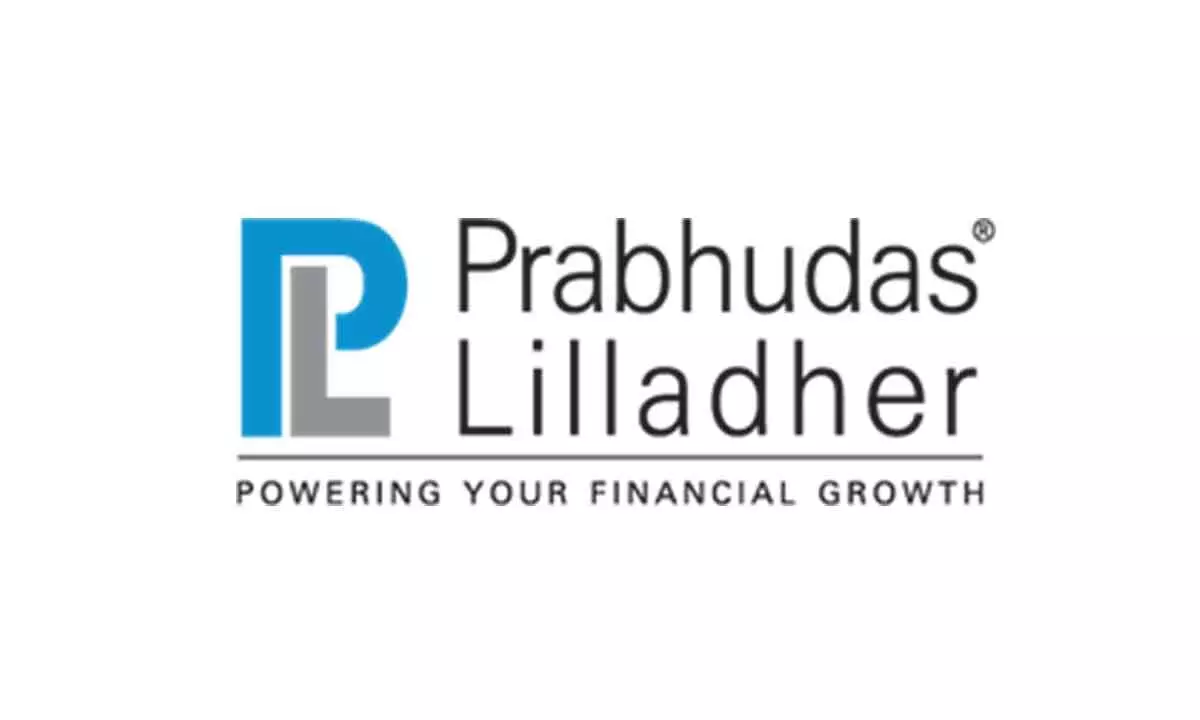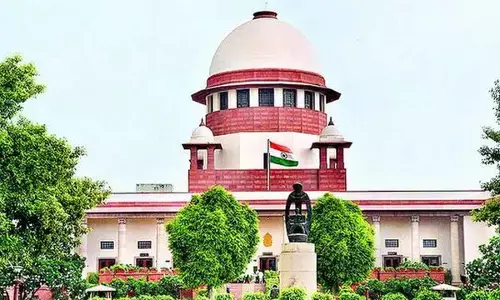PL Sector Report - Banks - Jul-Sep'23 Earnings Preview - Sharp NIM decline but slippage ratio to fall

Banks – Gaurav Jani – Research Analyst, Prabhudas Lilladher Pvt Ltd
Jul-Sep’23 Earnings Preview – Sharp NIM decline but slippage ratio to fall
Banks under our coverage are expected to witness a weak quarter as core earnings could fall by 9.3% QoQ to Rs454bn (vs -2.7% QoQ in Q1’24), mainly driven by lower NIM. Loan growth might come in at 3.7% QoQ (1.7% in Q1FY24), while deposit accretion could be +3.5% QoQ (2.1% last quarter). NIM contraction could be maximum this quarter (vs Q1&H2FY24) and we expect NIM to decline by 22bps QoQ (-6bps in Q1’24) to 3.6%. IIB and AXSB may see lower NIM contraction. Fees could grow by 3.3% QoQ to Rs315bn while opex may spike by 6.6% QoQ to Rs793bn (due to seasonality in case of PSU banks). Core PPoP may come in at Rs729bn (-7.7% QoQ). IIB, AXSB, and FB might perform better on core PPoP. Slippage ratio might decline by 40bps QoQ to 1.1% as HDFCB and SBI could see lower sequential delinquencies. Banks’ PAT is expected to be Rs500bn (-14.2% QoQ). Among our coverage universe we prefer HDFCB, SBI and FB.
♦ System loan growth at 16%; deposit accretion improving: System credit in Aug’23 grew by +15.0% YoY (peak 17% in Oct’22). Services/retail remain key growth drivers (+20.7% & +18.3% YoY). Services credit growth is largely attributable to NBFCs and trade while retail credit is being led by housing, unsecured credit, vehicle loans and credit cards. Industrial credit growth that has been slowing, saw some respite in Aug’23 (+4.1% YoY vs 3.6% YoY in Jul’23); its peak was 13.6% in Oct’22. Momentum in agri continues (+16.6% YoY). Coverage banks are expected to see loans grow by 3.7% QoQ and 15.2% YoY while deposit accretion (+3.5% QoQ) could match loan growth as deposit rates have been hiked. As at 8th Sep’23, deposits grew by 12.8% YoY compared to ~13% in Jun’23. CASA is expected to grow by 1.3% QoQ while CASA ratio could fall by 90bps QoQ to 39.9%.
♦ Margins to further decline; we see 22bps fall: Loan yields are peaking and are expected to stagnate post Q2 while deposit cost could further increase due to lag effect. Loan yields could improve QoQ by 5bps to 8.6% vs 30bps rise in cost of funds to 5.4%. Hence NIM is expected to fall by 22bps QoQ to 3.61%; last quarter NIM fell by 6bps to 3.83%. As a result, NII might decline by 1.8% QoQ compared to 3.7% of loan growth. Fee income is broadly expected to follow loan accretion; we see a 3.3% QoQ increase which would be offset by a 6.6% spike in opex to Rs793bn as Q2 sees a higher opex rise for PSU banks. Core PPoP would come in at Rs729bn, -7.7% QoQ and flat YoY.
♦ Asset quality to improve for our banks: Since Q1 usually sees more delinquencies due to stress in agri (mainly SBI and HDFCB), slippages are expected to fall QoQ and we envisage a 40bps improvement in slippage ratio to 1.1%. Recoveries and upgrades might remain stable; hence GNPA ratio could reduce by 14bps QoQ to 2.28%. Provisions are expected to remain stable QoQ at 54bps.
♦ Core profitability to fall QoQ: Core PAT for our coverage banks is expected to fall by 9.3% QoQ to Rs454bn mainly led by lower margins. IIB, AXSB, FB and CUBK could be outliers on core profitability due to better NIM trajectory compared to peers. PAT is expected to be at Rs522bn (-7.1% QoQ).
♦ Large private banks could see loan growth of 4.3% QoQ and 16.0% YoY (vs ~15% YoY for the system). Deposit growth is expected to be 4.3% QoQ/18.6% YoY (last quarter 2.4%/17.2%). We see NII fall of 3.3% QoQ and NIM might decline by 34bps to 4.1% due to lag effect of deposit cost given deposit rate hikes across banks were much steeper in H2FY23. Fees and opex would mirror each other in terms of quarterly accretion (+3%). Core PPoP may come in at Rs479bn (-5.6% QoQ). Provisions would largely remain stable QoQ at 62ps while core PAT could dip by 6.9% QoQ to Rs307bn.
♦ Public Sector Banks – Coverage PSU banks could see tad lower loan growth than private peers at 3.0% QoQ and 14.2% YoY, although NII may be flat QoQ. NIMs are set to decline by 12bps QoQ (last quarter -15bps) to 3.11%. Driven by lower NII growth and seasonal spike in opex, core PPoP fall QoQ for PSU banks could be higher at 12.2% to Rs233.5bn. Asset quality is expected to improve as slippages would moderate while provisions might come in at 46bps. Core PAT is expected to be Rs147bn (-15% QoQ).
♦ Mid-cap Banks – Our coverage mid-cap banks could see better performance compared to larger private and PSU peers as NIM fall would be lower. Loan growth would be 4.6% QoQ (higher than large banks), while NII growth would be 3.1% QoQ. NIM might see a 6bps decline to 3.37%. Core PPoP at Rs15.9bn slightly increase by 1.9% QoQ. Asset quality could improve as slippage ratio might decline QoQ to 1.75% from 1.95%. As a result, provisions could reduce by 4bps QoQ to 0.52% as provisions could normalize for CUB. Core PAT may come in at Rs9.2bn (1.2% QoQ).
♦ Top Picks:
♦ HDFC Bank – Creation of excess liquidity could affect Q2’24 NIM, although margins should bounce back in H2FY24E as credit growth picks up and liquidity is utilized. While core earnings growth would be muted for FY24E (3.5% YoY), as NIM and loan growth normalize core PAT may witness a 20.7% CAGR over FY24-26E. Basis core RoA at 1.74% for FY26E (ICICIB 1.94%) we maintain multiple at 2.8x (3.0x for ICICIB) on Sep’25 core ABV. Retain BUY with TP at Rs2,025.
♦ State Bank of India – SBI could outperform BOB on NIM given (1) higher CASA and unsecured share and (2) more headroom available for growth due to lower LDR at 71.4% vs 80.3% for BoB. Valuation gap between BoB and SBI has narrowed which should widen. Valuation is attractive at 1.2x on core FY25E ABV. Retain ‘BUY’ at TP of Rs770.
♦ Federal Bank – Capital raise of Rs40bn would provide required growth cushion. Q2’24 NIM may remain soft due to ICRR impact and deposit cost catch-up. Positive impact of capital raise on NIM could flow through in H2FY24E as incremental deposit cost peaks out. Valuation is attractive at 1.1x on Sep’25 ABV while RoA could scale up from ~1.2% in FY24 to ~1.3% in FY26E with limited downside risks to our estimates. We tweak multiple from 1.5x to 1.4x but maintain TP at Rs175 on Mar’25 ABV.

















